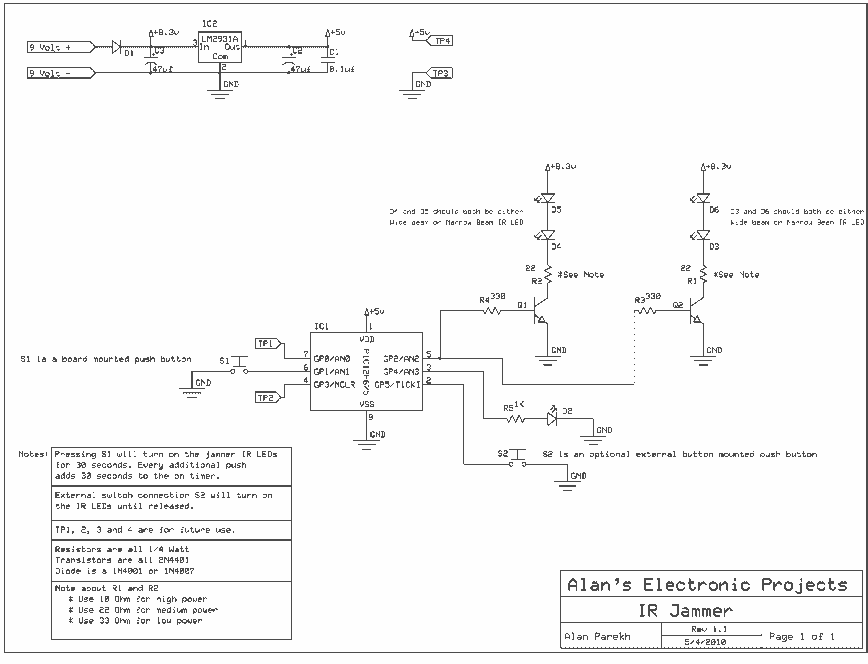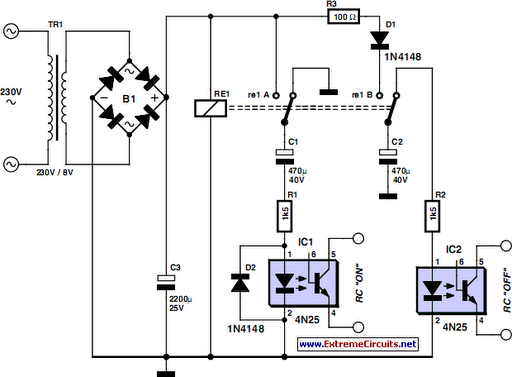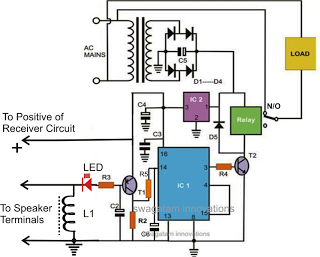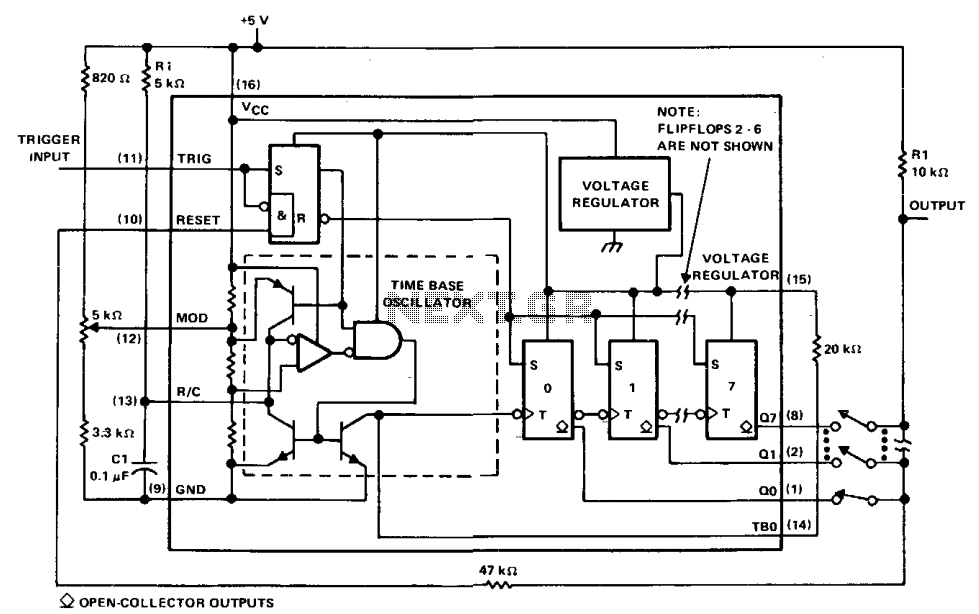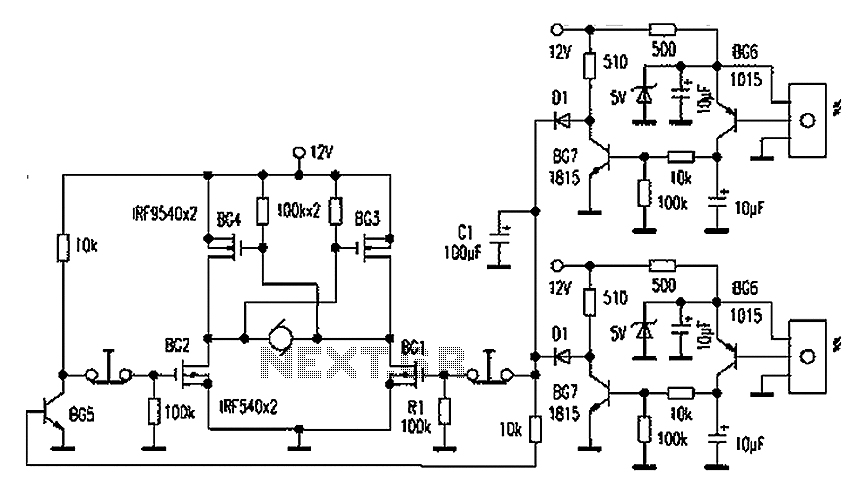
Battery Powered Radio Control Tips
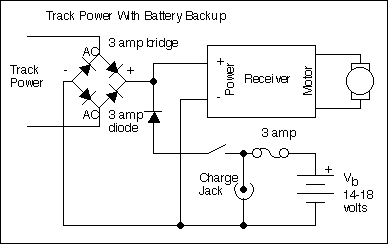
The primary motivation for utilizing battery power for trains is to eliminate the need for track cleaning and wiring. Track maintenance can pose significant challenges. Incorporating radio control into a battery-powered system enhances command control, an advantageous feature. In certain environments, track power is impractical due to various conditions. Conversely, track power can be effective and more cost-efficient than battery power in other scenarios. If track power is functional and command control is desired, adding Digital Command Control (DCC) to an existing track-powered system is a viable option. Both battery radio control and DCC offer command control at comparable overall costs, depending on the number of locomotives converted. DCC generally incurs higher initial costs but is less expensive incrementally. When converting a large number of locomotives, DCC may become more economical than battery power. If track power is working well in the current setup, DCC will also function effectively for all but the smallest locomotives, providing the benefits of command control in a flexible and expandable manner. Walk-around radio control with DCC is also effective, albeit somewhat costly initially. Smaller locomotives, due to their limited power pickups, require relatively clean tracks to operate effectively, making battery power a preferable option. A battery-powered locomotive can operate alongside DCC locomotives; however, multiple unit (MU) operations involving both battery and DCC in the same consist may encounter similar challenges as MU control of two independently operated battery-powered locomotives. Economies of scale for fully self-contained battery power are minimal. For beginners, using battery power allows for the use of less expensive track and the avoidance of track wiring altogether. Utilizing a trail car to house batteries and radio equipment can reduce the cost and complexity of battery power, although it introduces the inconvenience of transporting the trail car. Cab Control is the most prevalent system and is conceptually simple, despite the presence of complex implementations. A typical starter set, comprising a power pack and a circular track, exemplifies cab control in its most basic form. Cab control involves using one or more power packs to manage one or more track sections, with all engines on a particular section being controlled by the power pack connected to that section. An intricate switching system is often wired to sequentially direct power to track sections, allowing a single train to remain under the control of one power pack while traversing multiple sections. The simplicity and low cost of cab control are significant advantages, as it requires no advanced electronics or locomotive modifications and facilitates straightforward troubleshooting. However, cab control has notable disadvantages: different trains on a single track section respond to the same commands, limiting operational flexibility, and the methods used to switch control between track sections often necessitate considerable manual intervention, which can detract from the enjoyment of operating trains. Command Control addresses these issues through circuitry that allows engine control commands to be sent directly to an individual engine or group of engines in a multiple unit consist, independent of other engines. There are various implementations of command control, some involving direct radio control of track-powered, live steam, or battery-powered locomotives, while others transmit commands via the track in different formats. Command control enables each locomotive to be managed independently.
The described systems provide a comprehensive overview of the operational methodologies for model train control, emphasizing the advantages and disadvantages of battery power, Digital Command Control (DCC), and Cab Control. Battery-powered systems eliminate the need for track maintenance and allow for more straightforward installations, making them suitable for beginners. However, they may require additional infrastructure, such as a trail car for battery storage. DCC offers enhanced flexibility and control, particularly beneficial in larger setups with multiple locomotives. The cab control system, while simple and cost-effective, poses limitations in operational flexibility and requires manual intervention, which can detract from the user experience. The command control system presents a modern solution, allowing for independent locomotive operation, thus enhancing the overall functionality and enjoyment of model train operations. Each system's suitability will depend on specific user requirements, environmental conditions, and budget constraints, making it essential for users to evaluate their needs carefully when selecting a control method.The main reason to go to the trouble and expense of running trains on battery power is to avoid cleaning or even wiring the track. The issues of track cleaning really can be a big deal. Adding radio control to a battery power system adds the capability of command control, a highly desirable feature.
In some environments, any kind of track power is flatly impractical due to a number of conditions. In other environments, track power works quite well and is certainly less expensive than implementing battery power. If track power works and the added flexibility of command control is desired, then consider adding Digital Command Control (DCC) to an existing track powered system.
Both battery R/C and DCC allow command control at something like the same total expense depending on the number of locomotives converted. DCC tends to be more costly up front and less costly incrementally. If a large number of locos are converted, DCC becomes less expensive than battery power. If you go that far, the money probably doesn`t mean that much to you anyway. If track power works in your current setup, DCC will work too for all but the smallest locos and it will add all the advantages of command control in a flexible and expandable fashion.
Walk around radio control with DCC is also highly effective if not a little costly up front. Due to the limited number of power pickups on small locos, they will require fairly clean track to run and might best be converted to battery power anyway. A battery powered loco will run fine along with DCC locos. MU operation with battery and DCC in the same consist would have the same problems as MU control of two independently controlled battery powered locos.
There are few economies of scale for fully self contained battery power. If you are just starting out, using battery power allows you to use less expensive track and to avoid track wiring altogether. Using a trail car to hold the batteries and radio gear tends to mitigate the cost and complexity of battery power but with the inconvenience of hauling the trail car around all the time.
Cab Control is the most common system and conceptually the most simple even though there are incredibly complex implementations out there. Your typical starter set with a power pack and a circle of track is cab control in its least complicated form.
Cab control simply means that one or more power packs of some kind are used to control one or more sections of track. All the engines on a particular section of track are controlled together by the power pack, or cab, that is currently connected to that section.
Often an elaborate switching system is wired to sequentially route power to sections of track such that an individual train remains controlled by a single power pack as it traverses many sections of track. Cab control has the advantage of simplicity and low cost. No fancy electronics are necessary to make it work. No modifications to locomotives are required. Troubleshooting is relatively easy. Cab control has two serious disadvantages. One is that different trains on a single section of track respond to the same commands. This severely limits operational flexibility. The second is that the methods that are used to switch control between track sections usually require a lot of manual intervention in the form of flipping switches.
This can get to be a real drag and can seriously detract from the enjoyment of running trains. Command Control gets around these two problems through circuitry that allows engine control commands to be sent directly to an engine (or group of engines in an MU consist) independently of all other engines. There are many implementations of command control, many involve direct radio control of a track powered, live steam, or battery powered locomotives.
Others transmit commands to a locomotive via the track itself in one of several different formats. Command control allows each locomotive to be 🔗 External reference
The described systems provide a comprehensive overview of the operational methodologies for model train control, emphasizing the advantages and disadvantages of battery power, Digital Command Control (DCC), and Cab Control. Battery-powered systems eliminate the need for track maintenance and allow for more straightforward installations, making them suitable for beginners. However, they may require additional infrastructure, such as a trail car for battery storage. DCC offers enhanced flexibility and control, particularly beneficial in larger setups with multiple locomotives. The cab control system, while simple and cost-effective, poses limitations in operational flexibility and requires manual intervention, which can detract from the user experience. The command control system presents a modern solution, allowing for independent locomotive operation, thus enhancing the overall functionality and enjoyment of model train operations. Each system's suitability will depend on specific user requirements, environmental conditions, and budget constraints, making it essential for users to evaluate their needs carefully when selecting a control method.The main reason to go to the trouble and expense of running trains on battery power is to avoid cleaning or even wiring the track. The issues of track cleaning really can be a big deal. Adding radio control to a battery power system adds the capability of command control, a highly desirable feature.
In some environments, any kind of track power is flatly impractical due to a number of conditions. In other environments, track power works quite well and is certainly less expensive than implementing battery power. If track power works and the added flexibility of command control is desired, then consider adding Digital Command Control (DCC) to an existing track powered system.
Both battery R/C and DCC allow command control at something like the same total expense depending on the number of locomotives converted. DCC tends to be more costly up front and less costly incrementally. If a large number of locos are converted, DCC becomes less expensive than battery power. If you go that far, the money probably doesn`t mean that much to you anyway. If track power works in your current setup, DCC will work too for all but the smallest locos and it will add all the advantages of command control in a flexible and expandable fashion.
Walk around radio control with DCC is also highly effective if not a little costly up front. Due to the limited number of power pickups on small locos, they will require fairly clean track to run and might best be converted to battery power anyway. A battery powered loco will run fine along with DCC locos. MU operation with battery and DCC in the same consist would have the same problems as MU control of two independently controlled battery powered locos.
There are few economies of scale for fully self contained battery power. If you are just starting out, using battery power allows you to use less expensive track and to avoid track wiring altogether. Using a trail car to hold the batteries and radio gear tends to mitigate the cost and complexity of battery power but with the inconvenience of hauling the trail car around all the time.
Cab Control is the most common system and conceptually the most simple even though there are incredibly complex implementations out there. Your typical starter set with a power pack and a circle of track is cab control in its least complicated form.
Cab control simply means that one or more power packs of some kind are used to control one or more sections of track. All the engines on a particular section of track are controlled together by the power pack, or cab, that is currently connected to that section.
Often an elaborate switching system is wired to sequentially route power to sections of track such that an individual train remains controlled by a single power pack as it traverses many sections of track. Cab control has the advantage of simplicity and low cost. No fancy electronics are necessary to make it work. No modifications to locomotives are required. Troubleshooting is relatively easy. Cab control has two serious disadvantages. One is that different trains on a single section of track respond to the same commands. This severely limits operational flexibility. The second is that the methods that are used to switch control between track sections usually require a lot of manual intervention in the form of flipping switches.
This can get to be a real drag and can seriously detract from the enjoyment of running trains. Command Control gets around these two problems through circuitry that allows engine control commands to be sent directly to an engine (or group of engines in an MU consist) independently of all other engines. There are many implementations of command control, many involve direct radio control of a track powered, live steam, or battery powered locomotives.
Others transmit commands to a locomotive via the track itself in one of several different formats. Command control allows each locomotive to be 🔗 External reference

